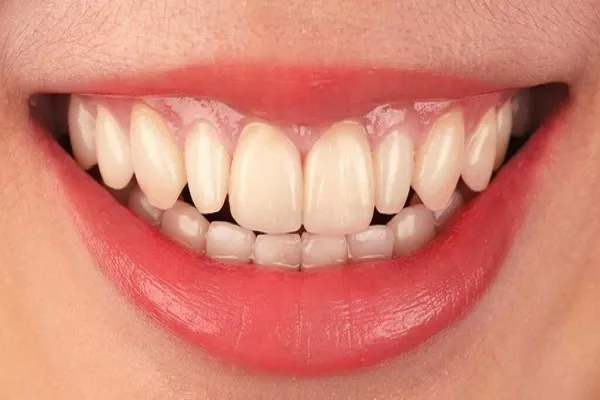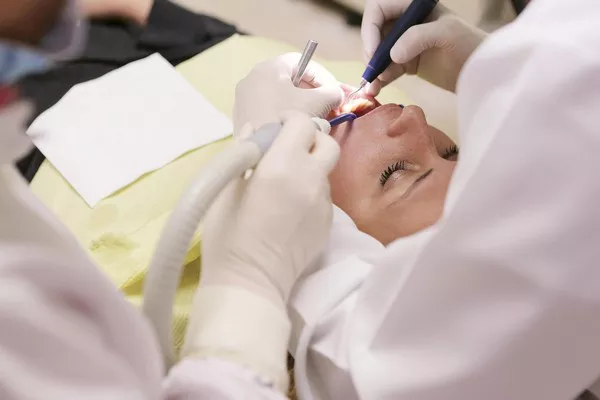In the pursuit of a brighter, more radiant smile, individuals have often grappled with the challenge of discolored teeth. The quest for whiter teeth is not a new one, yet a recent entrant to the teeth-whitening arena is turning heads – enter purple toothpaste.
Key Insights:
Purple toothpaste swiftly enhances the appearance of whiteness upon use.
Drawing inspiration from the principles of purple shampoo for blonde hair, it employs color-correcting technology.
Free from abrasive elements or harsh whitening agents.
Shows potential to brighten both natural teeth and dental restorations.
For those intrigued by this colorful innovation, let’s delve into what makes purple toothpaste distinct, the scientific underpinnings, and the practical considerations of giving it a try.
Decoding Purple Toothpaste: Unveiling Its Essence
At its core, purple toothpaste is exactly what it sounds like – toothpaste imbued with a distinct purple hue. The concept borrows from the methodology of purple shampoo, a product designed to counteract brassy or yellow tones in blonde or platinum hair. The analogous idea has been applied to create purple toothpaste, serving to mask the yellow hues in teeth.
Leading toothpaste brands leverage what they term “dental color correcting technology” to impart a brighter aesthetic to teeth. The infusion of FDA-approved synthetic colorants gives the toothpaste its characteristic bluish-purple tint.
Dental color correcting technology takes inspiration from the color wheel, a fundamental tool in color theory. Positioned directly opposite yellow on the color wheel, purple is a complementary color to yellow. According to color theory, when these complementary colors blend, they produce either white or black. Thus, the purple in the toothpaste serves to neutralize the yellow tones in teeth, offering the visual illusion of brighter and whiter teeth.
Putting Purple Toothpaste to the Test: Does It Deliver?
The burning question for any consumer revolves around the efficacy of a product. Purple toothpaste deviates from the conventional whitening agents, relying on color-correcting technology to transform the appearance of teeth stains. Notably, it does not remove stains or alter the teeth’s intrinsic characteristics.
Contrary to many whitening toothpaste formulations, which deploy peroxides and abrasives to eliminate stains by penetrating tooth pores, purple toothpaste takes a different approach. Instead of altering the tooth structure, it applies a topical solution that masks discoloration. The results are immediate, offering a temporary enhancement in tooth whiteness lasting from a few hours to a day.
While purple toothpaste presents a viable option for those seeking a quick visual lift, individuals desiring a more enduring color change may find alternatives such as natural teeth whitening methods or other long-lasting whitening products more suitable.
In the kaleidoscope of dental care innovations, purple toothpaste emerges as a captivating and novel contender, providing a fresh perspective on achieving a brighter smile. As with any oral care regimen, it’s crucial to weigh the benefits against individual preferences and long-term goals.





























